Interested in a real raicilla or tequila tasting in Puerto Vallarta? In a town that abounds with hoax “tequila” tasting scams, Isis Hernández has your back.
The five flutes in front of me represent the spirits of Mexico. And perhaps, in some ways, the spirit of Mexico. I’m in Puerto Vallarta at Savia Agave Niche to sample a tasting menu that Isis Hernández calls “the Mexican DOs.” I’ll be tasting tequila, raicilla, mezcal, bacanora, and sotol.
These are the spirits Mexico is best known for, and their history, terroir, and botanical diversity are indeed a good representation of the spirit of Mexico. These five glasses are the result of Indigenous knowledge, colonial persecution, Mexican innovation, rural tradition, clandestine ingenuity, industrialization, revolution…Their roots stretch from the deserts of Sonora to the jungles of Oaxaca…Well I get ahead of myself. Back to the booze itself, and to Isis.
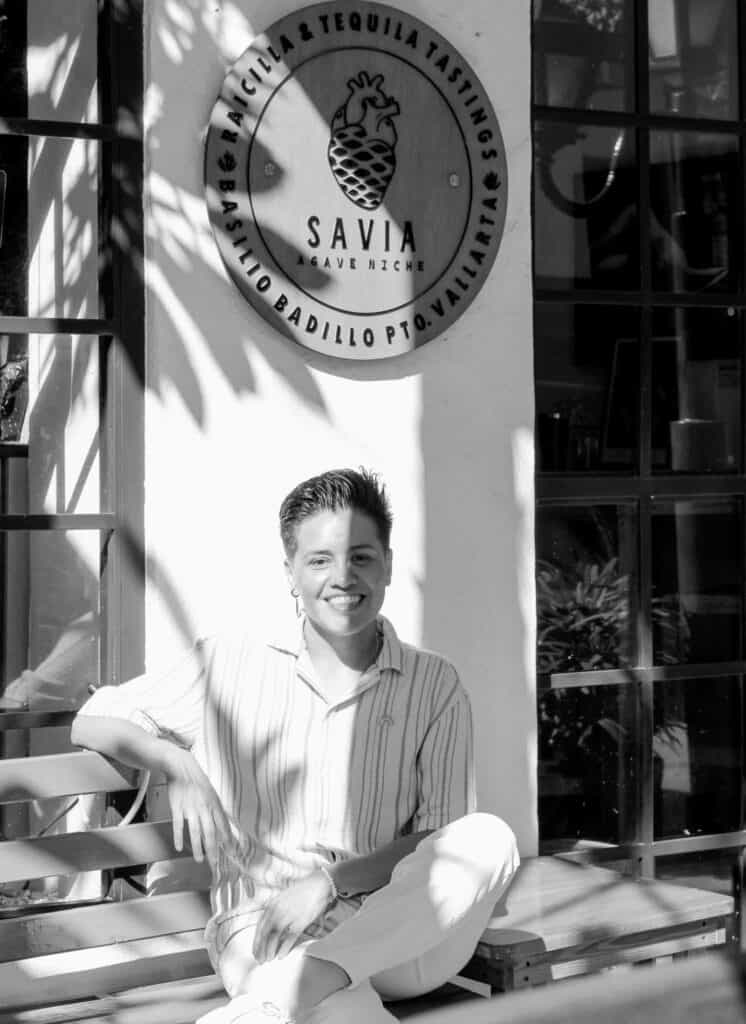
Isis Hernández looks at home behind the bar. And no wonder. In this case, it’s her bar—or rather tasting room. She opened Savia Agave Niche in February of 2023. Savia is a jewel-box of agave spirits in the foyer of Elixir, inarguably one of Puerto Vallarta’s best bars.
The setting at Savia is intimate, with just five stools in front of a small wooden bar. Sun shines through the French doors–Isis runs her agave spirits tastings during the day and then closes shop at dusk when Elixir opens.
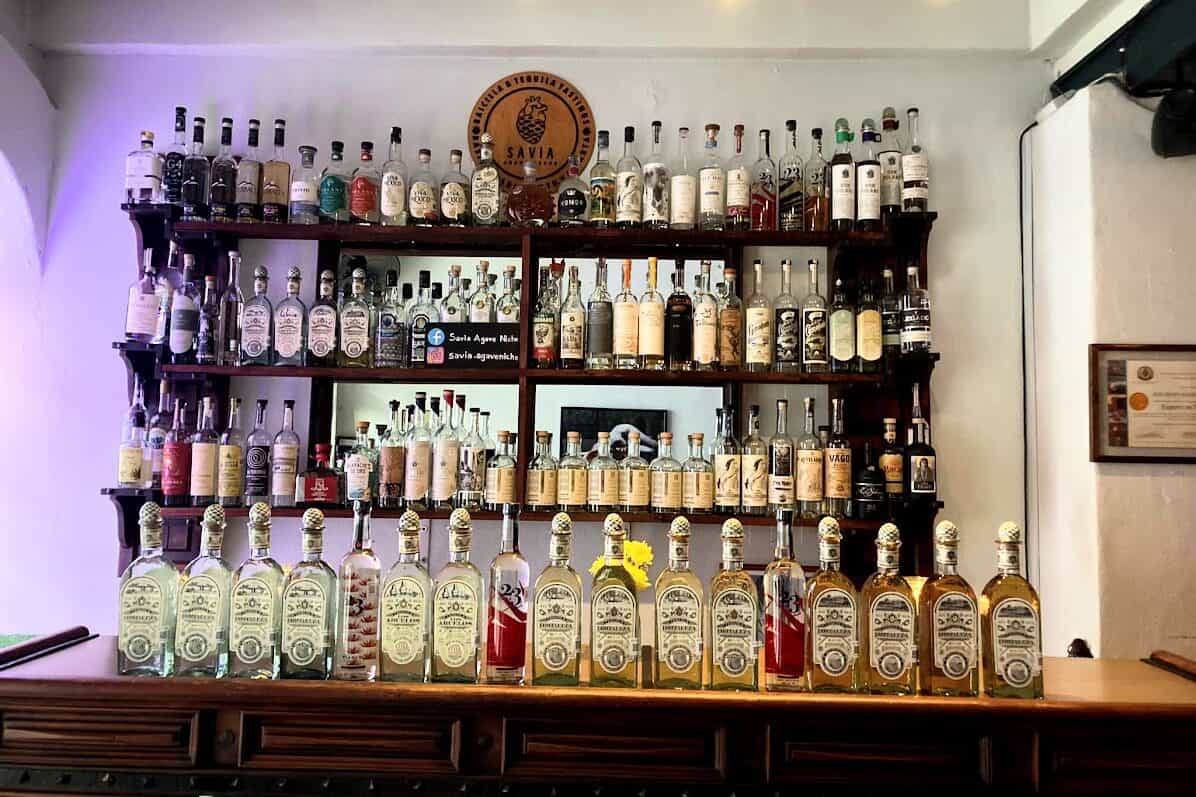
She began her serious education in agave spirits when she was hired as bar manager at La Cata, the first independent tasting room in the town of Tequila, Jalisco. After La Cata closed permanently during the pandemic, she worked in branding and marketing for two tequila brands, Calle 23 and Fortaleza. A rarified tequila pedigree, and one she never would have dreamed of when she was a kid in Ameca, a small town not far from Tequila.
Despite growing up surrounded by fields of blue agave, Isis says she wasn’t really a tequila drinker before she started at La Cata. But she was serious about learning everything she could—as quickly as possible.
“La Cata, if you can call it a bar, is the first bar I’d ever worked in. But I was a very disciplined worker.”
She learned this discipline in the fast-food industry, where she took management training courses and worked her way up through the ranks at a KFC in California. She spent nine years in the US, off and on.
“KFC was my school of hospitality,” she says. “You learn to do everything by the book. So I’m so grateful to them.”
Learning how to taste tequila
When she returned to Mexico, she was the manager of a serving team at Casa Luna, a renowned restaurant in Tlaquepaque. By the time she was hired at La Cata, she had real confidence in her hospitality know-how. But when it came to developing her palate, she was intimidated.
“I always ask my mentor Clayton [Szczech], how do you do it? And he says, It’s practice, it’s practice.”
Isis ended up getting plenty of practice because Szczech, the co-owner and operator of La Cata, would regularly take the staff on field trips to distilleries.
La Cata (which means “the tasting”) was known for its exhaustive collection of tequilas, which rose in a massive wall behind the bar. Isis’s current back-bar at Savia Agave Niche is much smaller, but carefully curated—reflecting a unique understanding of agave spirits derived both from her career and her roots.
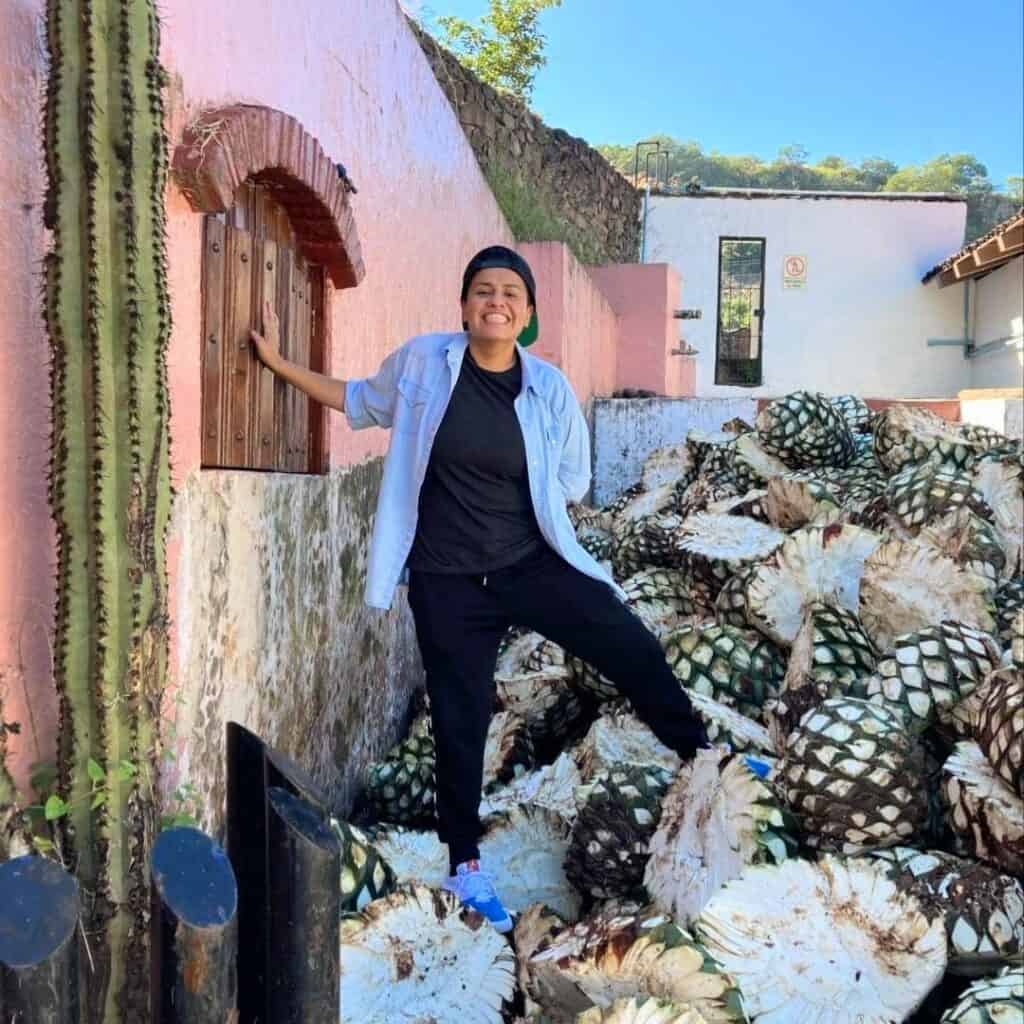
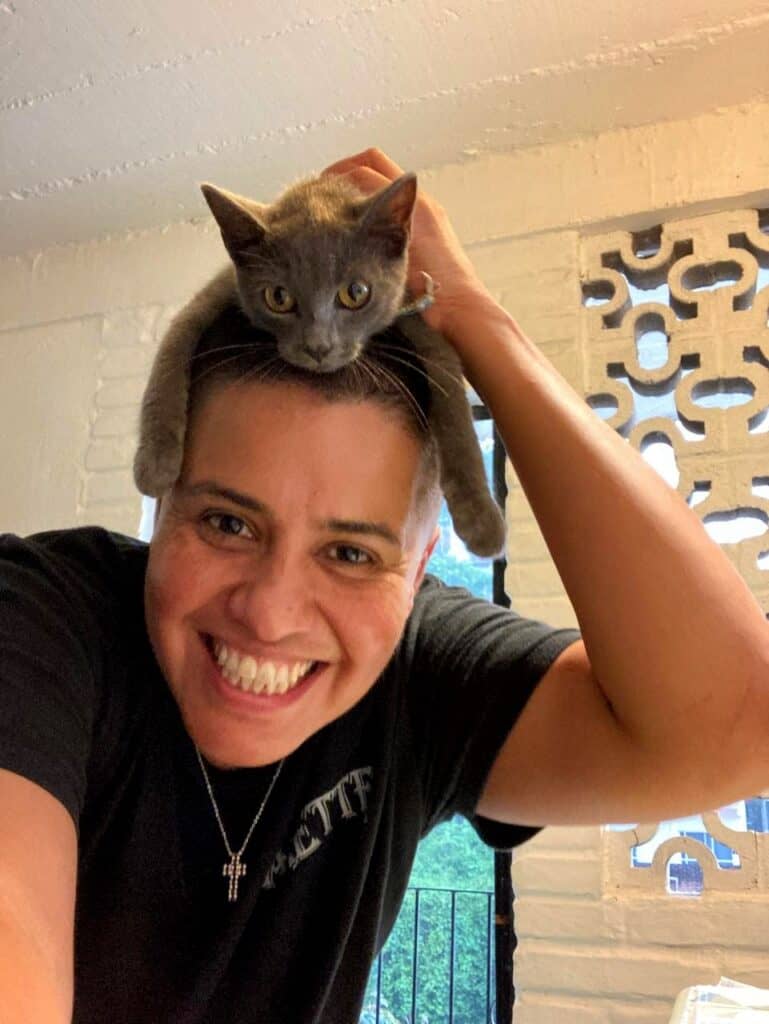
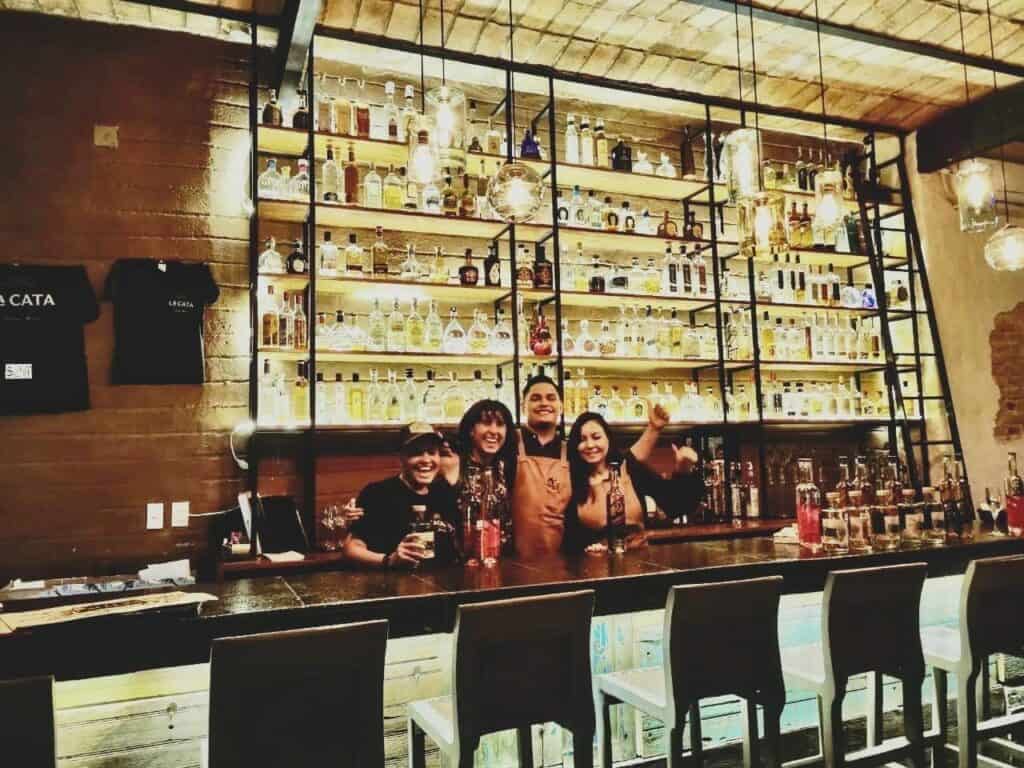
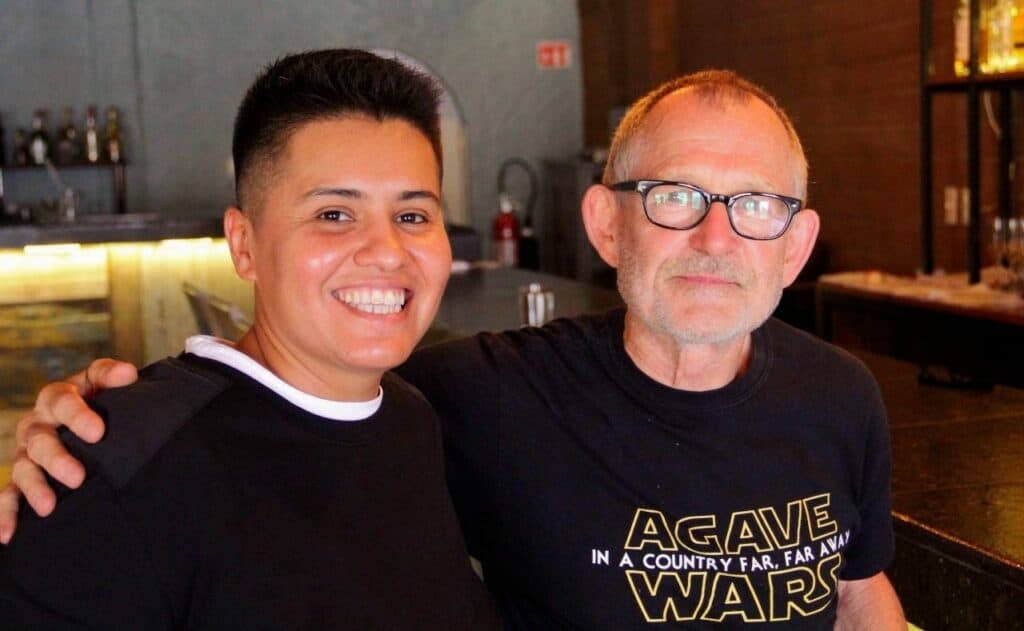
“I got hooked into tequila because it’s my culture,” she explains. She sees tequila as a conduit for talking about Mexico in all of its complexities while challenging negative stereotypes. “The history of Mexico got me into tequila,” she says. “I realized that through tequila, I could use facts to better explain Mexico. So I really like that.”
This knowledge is evident as we get into tasting, as is her keen understanding of hospitality.
The tequila, raicilla, mezcal, bacanora, and sotol are lined up on the bar in elegant flutes.
“This glass is more ideal for tasting tequila,” she acknowledges. “For tasting mezcal, raicilla, and bacanora, this may not be ideal, but I like to present them with the same outfit, let’s say.”
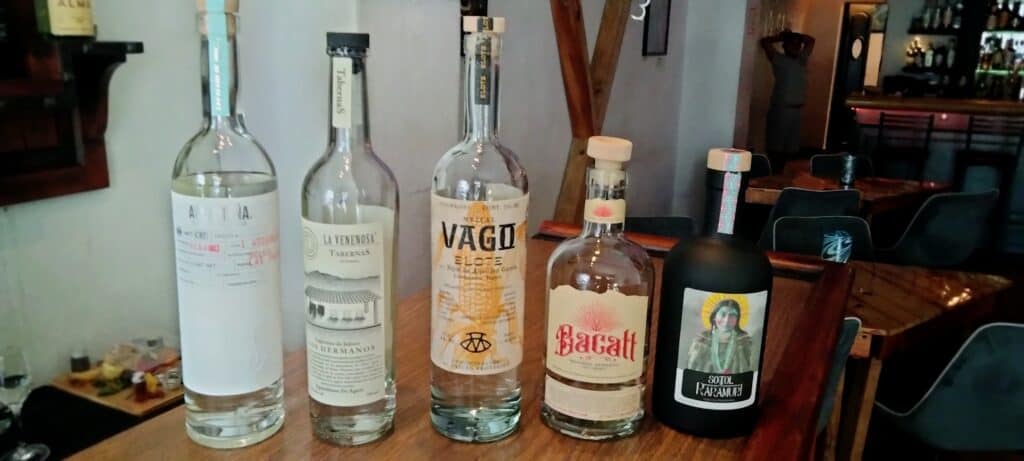
She explains that people’s perceptions are so influenced by appearances that someone new to agave spirits might subconsciously interpret mezcal or raicilla served in a veladora as inferior to the tequila served in a flute.
She says that while maybe 35% of her customers are aficionados, many people just wander in to see what she’s up to.
“I get excited to help people understand agave spirits,” she says. “Actually, I feel very happy because I have regulars who came in not knowing anything about tequila or mezcal. But they got curious about it, and then they got hooked. And now they’re like, What’s new? What else can I learn?”
Isis has an easy way of speaking–she has plenty of spark, but also comes across as humble–easily willing to admit it if we’re talking about an area of spirits where she feels she has more to learn. In an industry prone to posturing, her honesty, curiosity, and enthusiasm is refreshing. As we begin the tasting, we switch between the stories behind each spirit and Isis’s life story.
My first sip is of Amatiteña, one of Isis’s favorite tequilas. She chose it for this tasting because she wanted something that would stand up to the other liquors in the line-up.
“I feel that organoleptic-wise, tequila is separate from the rest of the agave spirits.”
Amatiteña has a touch of smoke derived from a wood-fired still—hitherto unheard of for a modern tequila.
“This is a family of agave growers who started making tequila,” she explains. “At that time, the trend was a smooth tequila, with additives, and they nailed it. They sell their tequila [Cava de Oro] all over the world. So now they have more money and that allows them to experiment with projects where they could fail…”
Savia Agave Niche was also an experimental project, but without financial backing. Instead, she had the support of Vallarta’s queer community. The owners of Elixir offered her a temporary space in their lobby so she could establish herself.
Growing up in Ameca, she definitely didn’t have that support. “My family was always judging me because my style was very boyish. When I was little, my mom tried to make me be like every other little girl, which I was never going to be,” she says with a laugh. “She gave up at some point because I set my boundaries: I’m not going to change and whatever you do, this is me.”
Part of the reason she went to work in the US at age 17 was because she felt that her mother was embarrassed to have a lesbian daughter around.
“I really wanted to be in Mexico,” she says. “But I felt like I was making her uncomfortable, especially when I started dating girls. At that point, they predicted I’d have a bad life…But whatever they said was going to happen to me…It hasn’t. So they have no option but to accept me.”
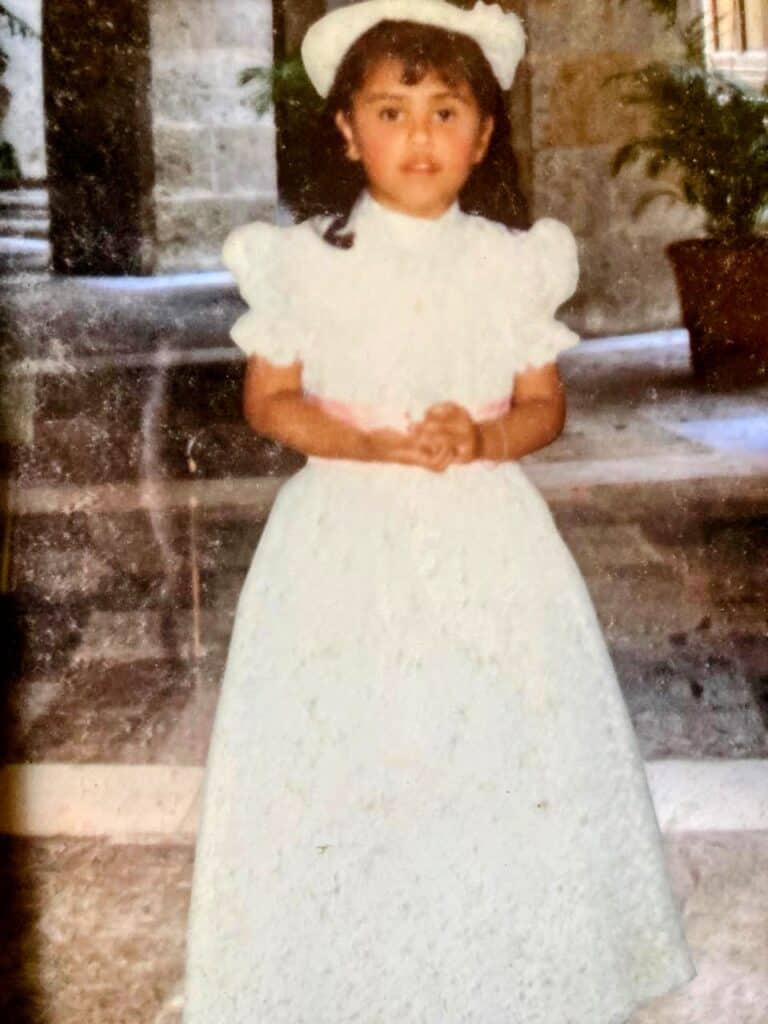

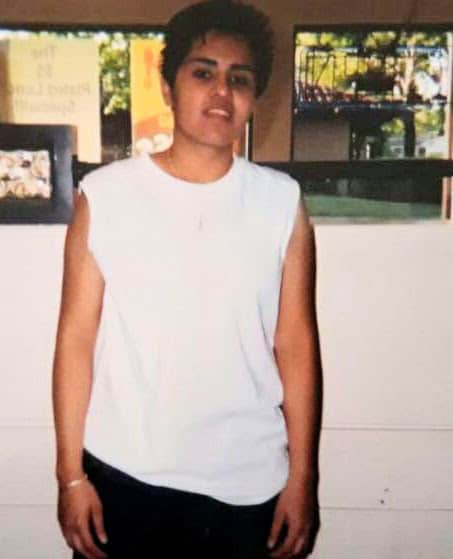
She smiles with a touch of pride, but no defensiveness. She seems comfortable speaking so frankly.
She says the turning point with her mother came when Isis was in a long-term relationship with a woman who had children. Isis said that if she was going to visit, she needed to be able to come with her partner and the kids, and that she expected her mom to treat the kids just like her other grandchildren.
Her mother agreed. “She let go at some point,” Isis says. “My family is a very close family. My brothers and my sisters are super nice, they’re super loving.”
Her mother is now supportive of Isis and has apologized for not understanding.
“Actually recently…it’s feeling the opposite. I’m old now [42]. And my aunts…They get curious in a good way about adult me, and they kind of like my style, and they want to be buddy-buddy and come to visit…They took a traditional route…And now they see that I take time for me, and they say, Wow, can we get a little bit of that too?”
While on the topic of Isis’s style, I compliment her on her elegant outfit: a sleeveless black sweater, silver jewelry, and houndstooth pants. I had previously thought of Isis as a t-shirt and ballcap kind of person.
“I switched my style,” she says. “I’m feeling more comfortable with myself lately. I mean, finally.” She laughs. “I think PV…the vibe of the town. People aren’t really paying attention to you.”
Raicilla tasting–an apt introduction
Speaking of switching it up, our next cata is a raicilla, another agave spirit that’s made in Jalisco. For this component of the menu, Isis says that sometimes she’ll serve Eterno Embrujo, which is a “coastal raicilla” made south of Vallarta, and sometimes La Venenosa Tabernas, which is made in the mountains to the east. Today we’re sipping Tabernas.
“I feel this has a good balance. It’s very approachable, and yet it’s not a fake raicilla,” she says thoughtfully.
I’m curious to know what she first made of raicilla, coming as she did from a tequila background.
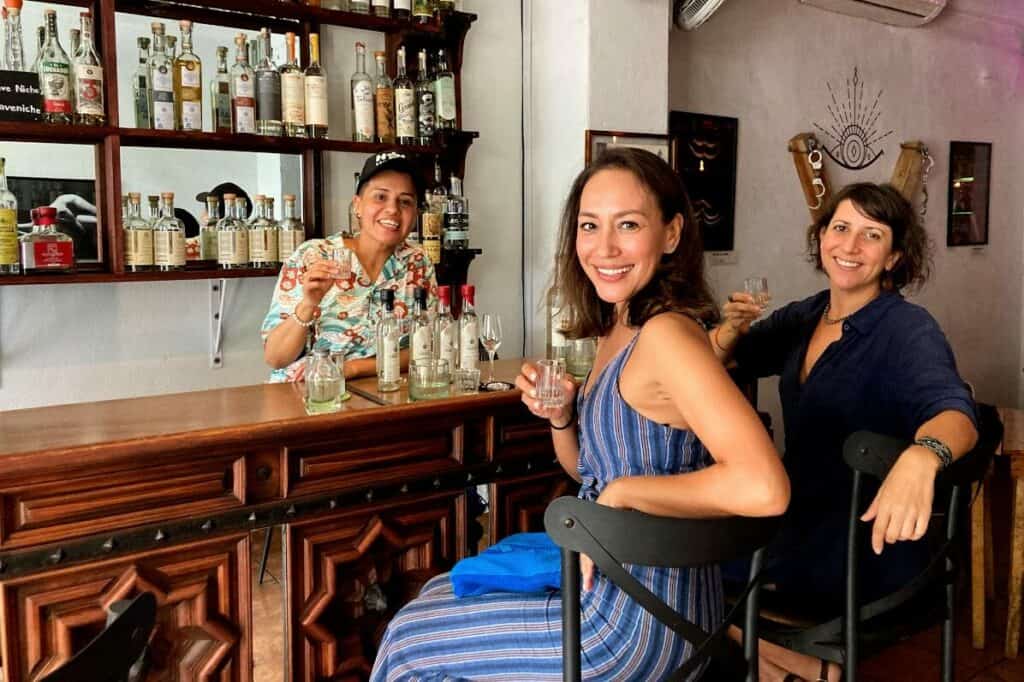
“What did I think when I first tried raicilla? I loved it. I just like it naturally. I’m proud of raicilla. I am a Jaliscan, and I’d rather have raicilla over mezcal.”
Tasting advice: have an open mind, but don’t force it
With that said, we’re on to some Oaxacan mezcal that she does like: Vago Elote. She says that, like the raicilla, this is a good mezcal for easing people into the category.
“I like to present an experience that I feel like people will like,” she says. “Three days ago, a guy came in who told me I was a bourbon drinker—period. But I feel like I’m switching to tequila, and I can’t wait to tell my friends. He liked añejos, obviously…He said he wants to like the blancos. I said: You always start somewhere. And I’m so glad he started here with the good stuff. This is what actual tequila should taste like. And don’t feel the pressure that you should one day have to like blancos. If it never happens, it’s completely okay.”
Next up: a bacanora (Bacatt) and a sotol (Raramurri). Isis has incisive commentary on both spirits, which she has obviously chosen with the same level of thought she put into the tequila and the raicilla.
When we’re done with the tasting, she asks me for feedback. She prefers a more intuitive and flexible form of agave spirits education–in addition to several set tasting menus, she offers custom tastings and sells spirits by the glass. Her regulars come in to drink and chat.
“So far I’m having fun and free-styling. I love free-styling,” she says. But that doesn’t mean she doesn’t want to continue to perfect the experience that people have at Savia. She says one of the drawbacks of being the owner and sole operator is that she doesn’t get perspective from colleagues.
I have no notes, but I do have a final question.
What’s next for Isis?
She says she’s now on the lookout for new digs, a place where she will be able to extend her hours into evening. While she may not yet have the location, she has a direction: “I know where I want to lead this. It’s education. It’s spreading the word.”
Savia Agave Niche address: Basilio Badillo 419 B,
Colonia: Emiliano Zapata
48380 Puerto Vallarta, Jalisco, Mexico
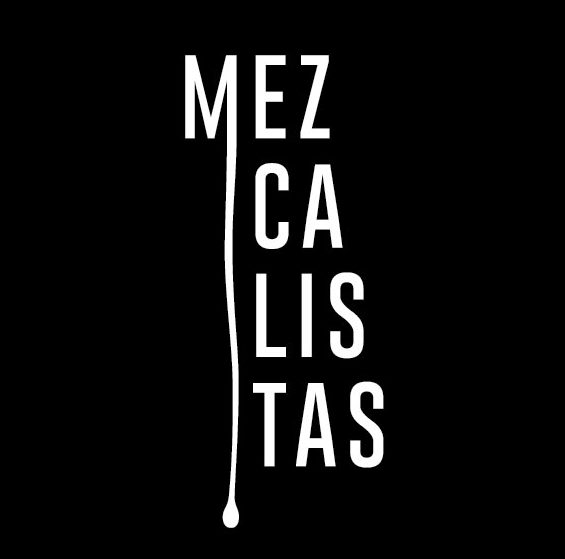
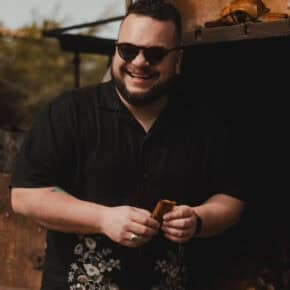
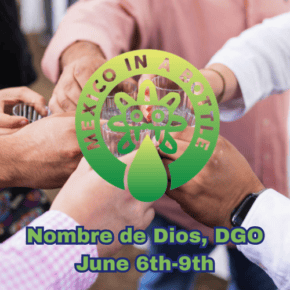
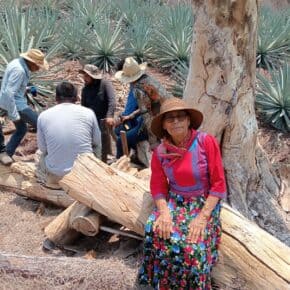
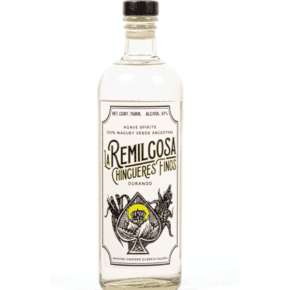
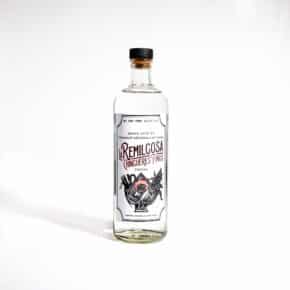
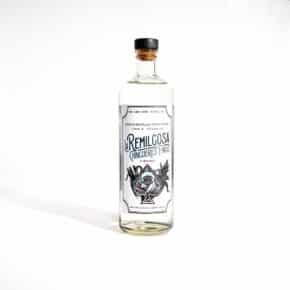






Leave a Comment